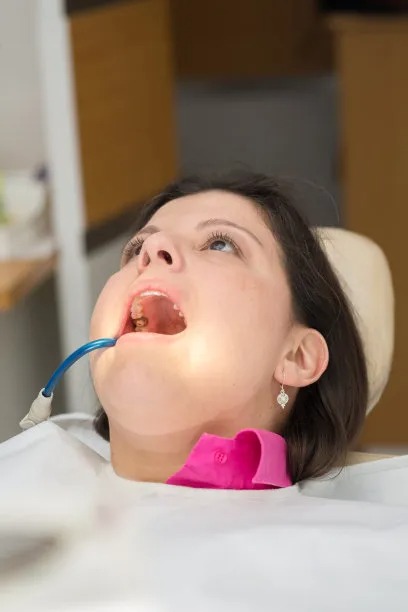Revolutionizing Smile Restoration Exploring the Latest Advances in Dental Implant Technology and Their Benefits for Patients
Summary: Dental implants have emerged as a revolutionary solution in the realm of smile restoration, offering patients a lifelike alternative to traditional dentures and bridges. This article explores the latest advancements in dental implant technology, highlighting their enhanced success rates, the use of digital planning tools, innovations in materials, and minimally invasive surgical techniques. Each of these aspects not only improves the effectiveness of dental implants but also significantly enhances patient comfort and recovery times. By understanding these developments, potential patients can appreciate the advantages of opting for dental implants as a permanent solution for missing teeth.
1. Enhanced Success Rates and Longevity

One of the most significant advancements in dental implant technology is the impressive enhancement in success rates. Modern techniques and improved materials have contributed to consistency in positive patient outcomes. Recent studies indicate that the success rate of dental implants can exceed 95%, largely due to better surgical procedures and post-operative care.
The longevity of dental implants has also seen a marked improvement. With proper care, implants can last 15 years or longer. The development of biocompatible materials, such as titanium and zirconia, ensures that implants integrate well with natural bone, enhancing their durability and performance.
Furthermore, advancements in implant designs, including tapered and screw-shaped varieties, allow for better stability and adaptability to different bone types, further increasing the likelihood of a successful integration.
2. Digital Innovation in Planning and Placement
Digital technology is revolutionizing the planning and placement of dental implants. Through the use of computer-aided design (CAD) and computer-aided manufacturing (CAM), dental professionals can create precise treatment plans tailored to each patient’s unique anatomy. This process allows for the accurate simulation of the final outcome before the procedure begins.
Moreover, the advent of 3D imaging has transformed how practitioners view and assess a patients oral structure. This technology enables them to identify the ideal locations for implant placement with unparalleled accuracy, minimizing the chances of complications.
In addition, guided implant surgery has emerged as a significant advancement, allowing for greater precision during the actual procedure. By mapping out the surgical site digitally, dentists can place implants with reduced invasiveness, enhancing patient comfort and decreasing recovery time significantly.
3. Innovations in Implant Materials
Material innovations have played a pivotal role in the efficacy and safety of dental implants. Advances in surface coatings, such as hydroxyapatite, have led to enhanced osseointegration, the process by which the implant fuses with the jawbone. This improvement significantly increases stability and longevity of the implant.
Additionally, new materials, such as ceramic implants, offer an alternative for patients with metal allergies or sensitivities. These implants provide similar strength and durability while ensuring aesthetic compatibility with natural teeth.
The research into bioactive materials continues to evolve, offering prospects for further advancements that can promote tissue healing and regeneration around the implant site. As research progresses, we can anticipate even better performance and integration of dental implants in restoration practices.
4. Minimally Invasive Surgical Techniques
Minimally invasive surgery has transformed the approach to dental implant procedures, resulting in less trauma during implantation. Techniques such as flapless surgery reduce the need to cut gum tissue, resulting in quicker recovery and less discomfort for patients.
The incorporation of technologies such as laser dentistry can aid in precise soft tissue management, further minimizing bleeding and postoperative pain. These techniques not only enhance patient comfort but also lead to quicker return times to normal activities.
Finally, as minimally invasive techniques become more mainstream, dental professionals are able to offer sedation options that enhance the overall experience for patients, making the process of smile restoration less daunting.
Summary:
In summary, the realm of dental implants has seen revolutionary advancements that greatly benefit patients. Enhanced success rates and the longevity of implants provide reassurance, while digital innovations and material advancements create tailored and more effective treatment plans. Furthermore, minimally invasive techniques prioritize patient comfort and recovery, making dental implant procedures more accessible than ever. Overall, these developments usher in a new era in smile restoration.
This article is compiled by Vickong Dental and the content is for reference only


